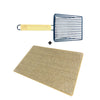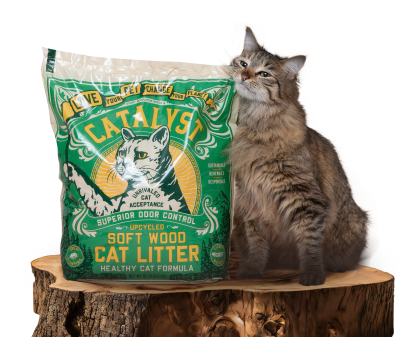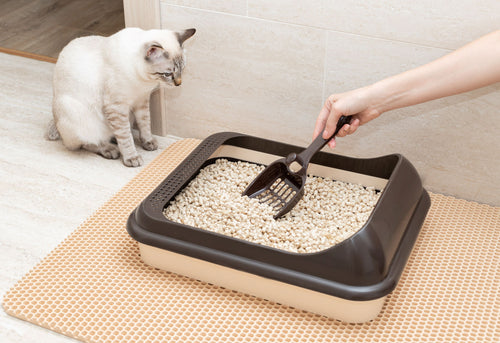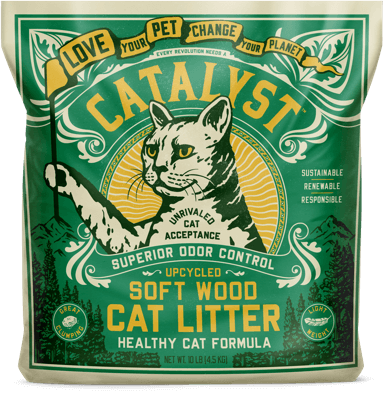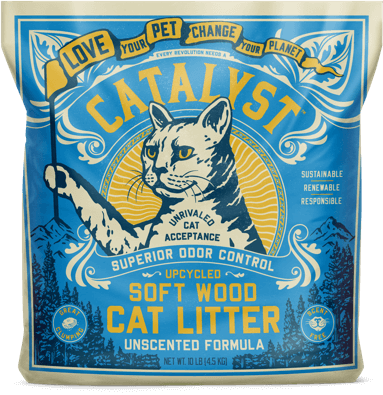You love your cat, but you don’t love when they start eliminating outside the litter box. Why does this happen and how can you fix this frustrating problem?
This can be the result of various issues, and the sooner you get to the bottom of it, the better! Medical or behavioral reasons can be the culprit, along with other possible triggers.
We’ve compiled a list of possibilities and solutions, along with this caveat: if there are any immediate medical causes for concern (e.g., vomiting, excessive vocalization, eliminating blood, etc.), see your vet ASAP. Once you’ve ruled out medical issues, work through the list below and break down your pet’s behavior like you’re a feline forensic scientist – because really, isn’t that part of pet parenting?
You may have noticed that your cat is a creature of habit, just like you. If their routine is changed, they may show their displeasure by out-of-the-box elimination.
Have any of the following circumstances occurred?
New Cat Litter: If you’ve changed your litter, your cat may need more time to get used to it. Incorporate the new litter slowly, adding a bit at a time until you’ve completely switched to the new litter.
New Box Location: Have you moved the litter box or are you in a completely new setting like a new apartment or home? This can throw your cat for a real loop. Consider where your cat is eliminating in your space and move the litter box there temporarily. Once the cat starts using the litter box consistently, slowly start moving it back to your desired location. If your cat ceases to use it during the move, wait a few days and leave it in the last spot your cat reliably used it before restarting the slow move. Also, try to give your cat a 360-degree sightline for comfort, along with ensuring there are multiple ways in and out of the box.
New Animal or Added Human: A newbie in your household, whether another pet, a new baby, or a new mate, can alarm your feline friend. Sometimes all it takes is time to get used to this new addition. If the perceived “threat” is another cat, ensure each cat has its own litter box and have at least one litter box more than total cats to ensure each has a place to call its own.
Schedule Change: If you’ve changed your schedule – and back to school is an adjustment for everyone – your kitty may be eliminating outside the box because of this. Time should ease the issue as the new routine is established.
Litter Box Problems: Did you get your kitty a new litter box or add a top or sides that obstruct your cat’s view. Your cat may not feel safe or “at home” and is expressing this displeasure in a most frustrating way.
Cleanliness of the box could be another cause. Some cats refuse to eliminate in the box if there is any urine or feces present! You may have also unknowingly gotten a bit lax on cleaning – life gets busy, we know! – so, consider upping your cleaning game to see if that helps.
Size of litter box can also cause problems for your cat, who may be a bit of a Goldilocks. Bigger isn’t always better, and experts recommend the litter box be at least one and a half times the length of the cat. If you’re unsure, err or the side of a larger litter box.
Territory Marking: Cats are territorial by nature, and they communicate by smell. Rather than eliminating outside the litter box, your feline friend may be spraying, or urine marking, as a warning to other cats.
A cat that is squatting outside the litter box is urinating, while a cat that is backing up towards a target with its rear and tail raised and quivering is spraying. This marking behavior could be the result of a variety of factors related to routine changes or new animals or humans in your home, as discussed above. Can you make some slight adjustments to make your kitty feel more comfortable?
A cat that eliminates outside the litter box can be incredibly frustrating! It can take time and sly sleuthing on your part, along with a great deal of patience and care. If you’ve worked through these suggestions and still can’t quite pinpoint the problem, talk to your vet!
